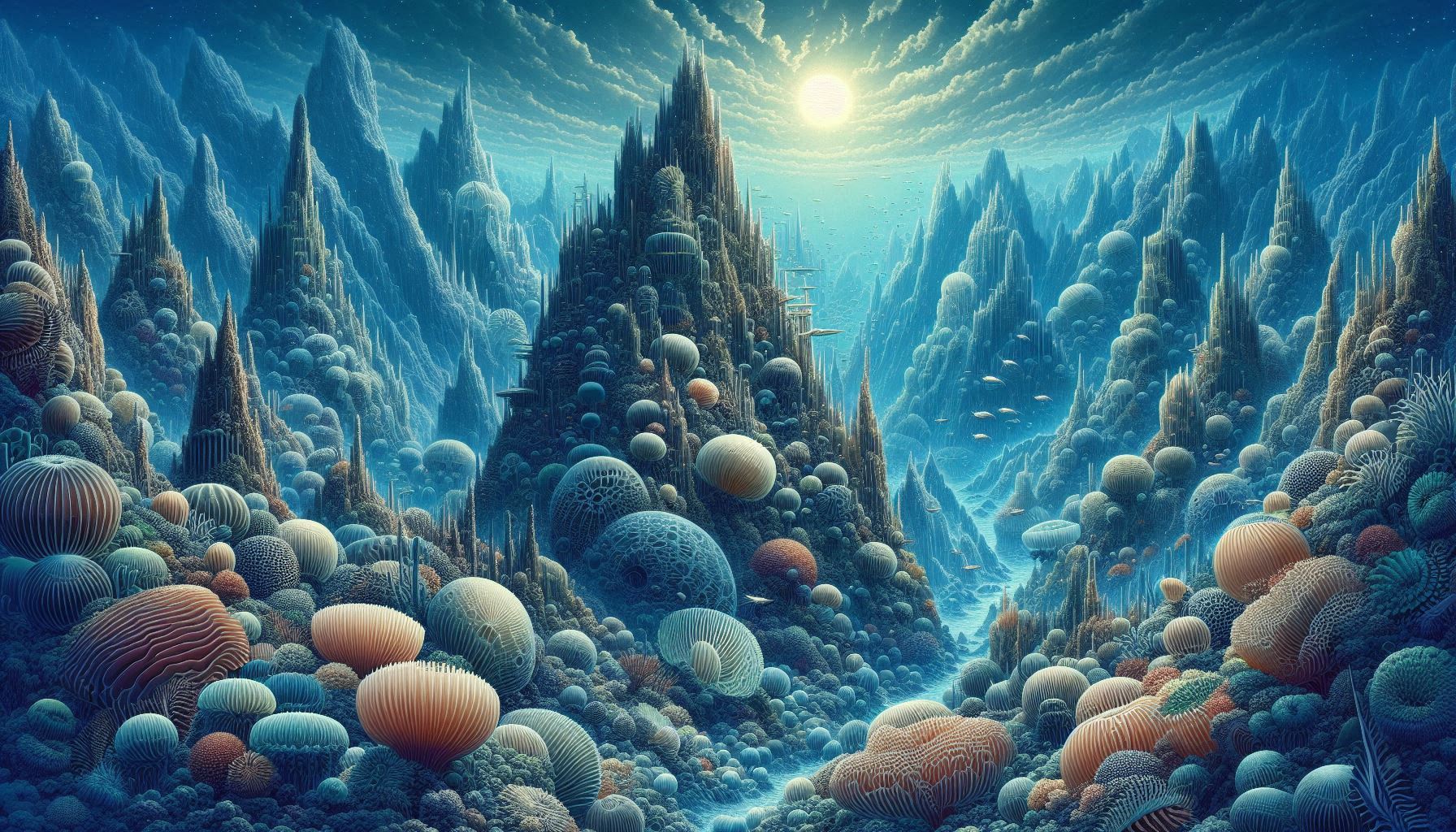When I was researching marine ecosystems, I came across the topic of undersea topography, where there are mountains, valleys, and plains on the ocean floor.The ocean floor can be divided into three parts: the continental margin, which includes the continental slope, continental shelf, and ocean trench; the mid-ocean ridge, which is a huge mountain range stretching for several thousand kilometers; and the abyssal basin, which is a vast plain of the ocean at a depth of about 5,000 meters.There are also more detailed classifications such as seamounts, knolls, submarine canyons, undersea levees, and oceanic plateaus, and to the east of Ogasawara there are seven seamounts called the Spring Nanakusa Seamounts. Anything over 1000m is called a seamount.
https://www.umeshunkyo.or.jp/marinevoice21/umidas/256/index.html
We don’t often have a chance to see the inside of the ocean, but it goes without saying that the ocean floor also has its own topography. It seems that each ecosystem exists depending on the topography of the ocean floor. I imagine that the topography of the ocean floor is more complex than that of the Earth’s surface, with greater differences in elevation. Even though there are ocean currents, if it is not exposed to storms and strong sunlight like the Earth’s surface, weathering is less likely to occur, and if the buoyancy of water offsets gravity to some extent, mountains may not collapse as easily.
It seems that investigating the ocean floor is difficult, and only 25% of it has been explored, but I’m looking forward to finding out more in the future. Most of the volcanoes on Earth are on the ocean floor, and there is a huge mountain range of underwater volcanoes that stretches about 70,000 km in the mid-ocean ridge. The large amount of water in the ocean may be protecting the surface of the earth from volcanoes.
https://www.nippon-foundation.or.jp/journal/2024/106437/social_good
The ocean floor is thought to be the final destination for various substances that sink to the bottom. Zooplankton, fish, and organic matter also sink to the bottom, along with many nutrients, including phosphorus. Sunlight reaches the surface of the ocean, where phytoplankton consume nutrients while photosynthesizing, so nutrients become scarce.It seems that the nutrient-rich seabed and the nutrient-poor surface layer do not mix easily, and this process of mixing the water up and down is called vertical mixing.
https://omix.aori.u-tokyo.ac.jp/overview/longversion
The movement of nutrient-rich water on the ocean floor being stirred up and delivered to the surface seems to be caused by ocean currents hitting seamounts and lifting their slopes. Just as wind rises up the slopes of mountains, creating clouds and bringing rain, ocean currents rise up the slopes of undersea mountains, stirring up water and distributing nutrients.The topography of the Earth is amazing. It seems that the waves that reach the coast are also influenced by the ocean floor topography, and although we can’t see it under the sea, the topography of the ocean floor probably also influences the land. The ocean floor topography is amazing. The topography of the Earth is amazing.


